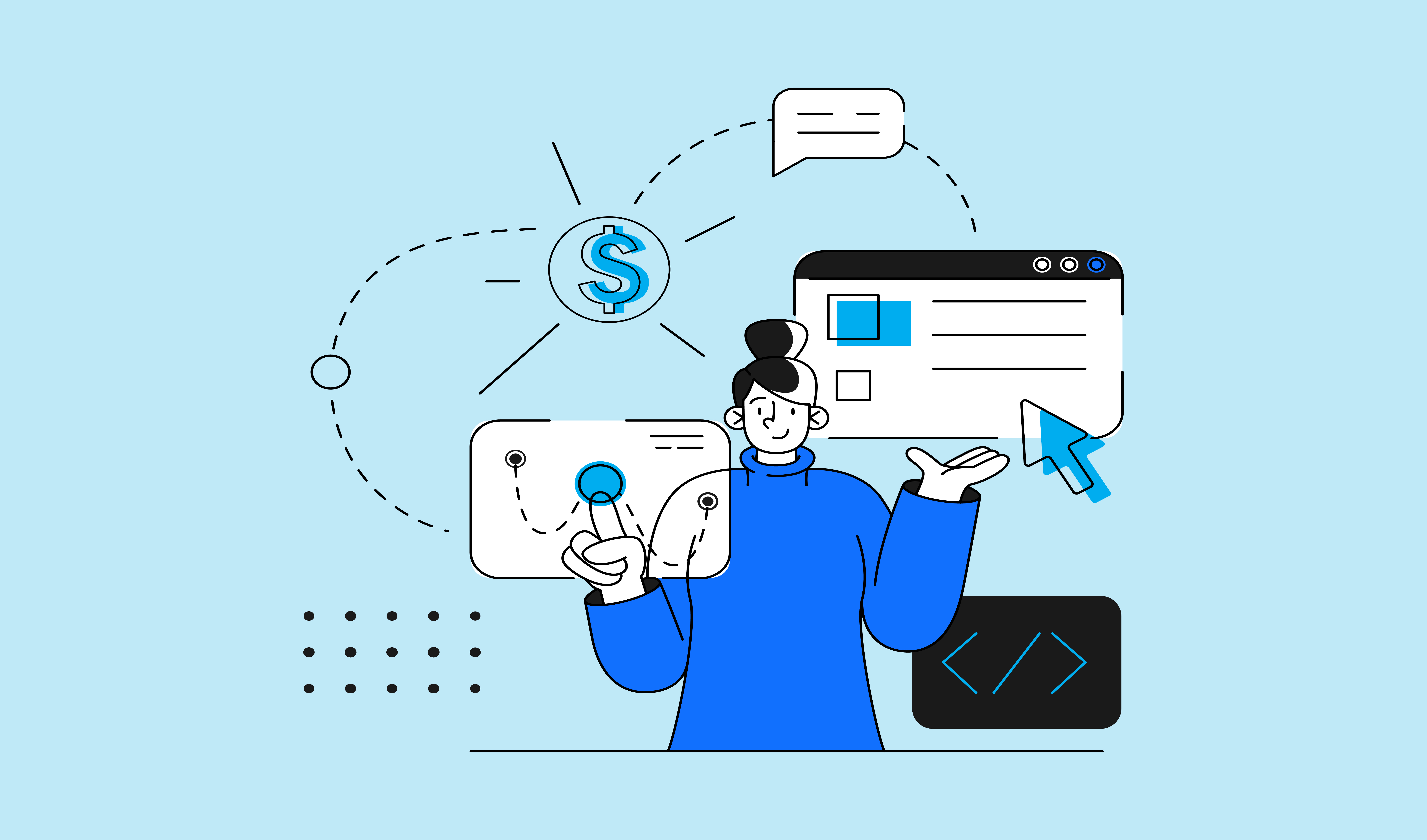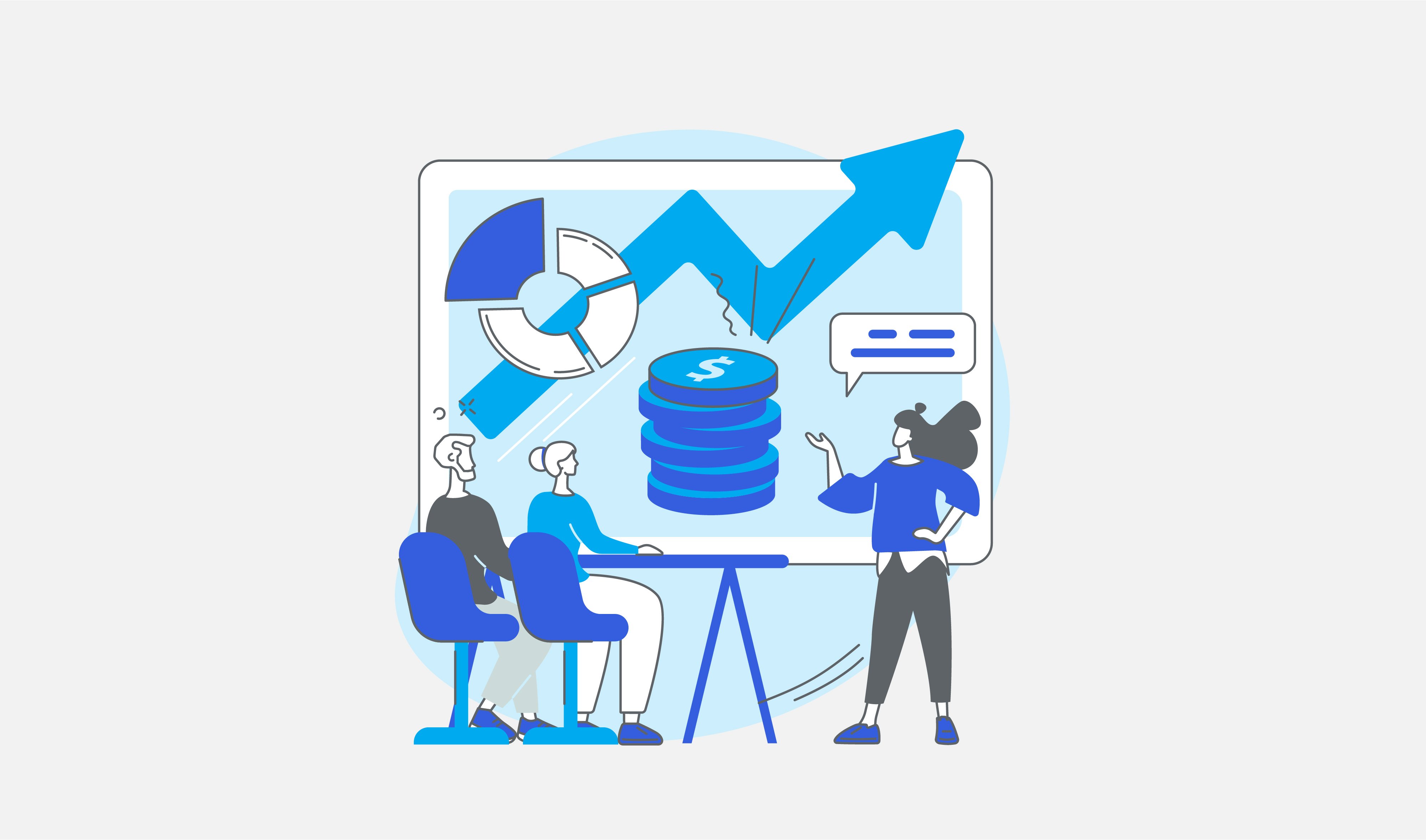Not all businesses have the finances to pay for their equipment upfront. If you offer a payment...

6 Tips to Approve More Customers by Simplifying Equipment Financing
Shopping for a big-ticket piece of equipment is all fun and games until it’s time to sort out financing. Many small businesses are side hustles, startups, have less than two years in the market, and money is tight. But it’s not impossible to finance more sales. Equipment financing—that is, single-item leases and/or loans at point of sale—can capture up to 30% of customers who say they otherwise wouldn’t have purchased anything.
Here are 6 tips to make equipment leasing easier for customers, get them approved faster, and get them one step closer to their entrepreneurial goals.
1. Offer an Equipment Leasing Roadmap
Many customers aren’t familiar with point-of-sale leasing and might not know it’s available. Explain the steps with a few simple bullet points to help them visualize the leasing process. Keep it informative and write the keywords in a text or email, on the back of a receipt, or even on a napkin. Here’s what most customers want to know about the process:
- Apply. Include a Clicklease button on your product pages or send customers the link via email or text message. They can submit their information electronically and get an instant decision—there’s no manual underwriting to tie up the process.
- Once the customer is approved, they sign a leasing contract. With modern e-signatures, this process goes even faster.
- Invoice. You submit an invoice to Clicklease for the cost of the equipment.
- Funded! You have the money in hand, and your customer has the next tool they need to build their dream. With Clicklease, there’s no delay. You can get the equipment the very same day.
2. Settle the Financing/Leasing Debate
When should a customer use cash? Should they consider using a credit card? Which financing option should they use? With all the financing options out there, can be overwhelming.
Some equipment is better to buy with cash and others make more sense to lease—it depends on the asset. How can your customer spot the difference? Well, you’re the industry expert, and your customer might not use this piece of equipment full-time. Educate your customers on the differences between leasing and buying. This will let your customer know you’re on their team and give you additional credibility to suggest appropriate financing and leasing options.
At the end of the day, the customer has to choose the option that makes the most sense for them and their budget. A good customer experience hinges on the customer having all the information they need to make that decision.
3. Eliminate Barriers to Entry
Different types of purchases call for different financing options. Many customers’ first instincts will be to use existing business loans or lines of credit, but those might not be the best option for equipment purchases. Traditional financing rarely provides business loans less than $15,000—their manual underwriting costs mean they can’t afford not to.
Business loans are vital for customers, but they might not be the right fit for equipment purchases. Point-of-sale leasing is structured to offer loans as small as $500 and up to $25,000. This flexibility allows you to reach a broad swath of customers and help them get the equipment that’s right for their needs.
4. Suggest a Cosigner
If your customer is unsure about their credit history or has experienced denials in the past, make it clear that you’re here to help them grow their business, not judge their credit score. A business partner, family member, or other close connection could be who your customer needs to take the next step. Cosigning is a common process, so you can emphasize that your customer is not alone in needing additional support to secure financing. You can help educate them on exactly what cosigning entails.
5. Diversify Your Core Customers
Minority-owned businesses encounter barriers when securing traditional financing, which in turn affects your ability to do business with them. Reaching out to chronically underserved communities broadens your customer base, helps your bottom line, and makes a positive change. Consider using your social media and marketing platforms to support inclusion initiatives and capture customers who need a diversity-friendly seller.
6. Have a Backup Plan
Let your customer know upfront that if something goes wrong with their application, you can troubleshoot together. Clicklease has dedicated seller support reps available via live chat or telephone. Additionally, you can track individual applications through the Clicklease seller portal, so you’ll know as soon as each step is completed.
Plus, Clicklease approves customers no one else will--across the credit spectrum and regardless of Time in Business. Consider us your go-to for small businesses, start-ups, sole proprietors, and weekend warriors.
For customers just starting their businesses, equipment vendors are vital lifelines of information. Providing leasing options at the beginning of the purchase process gets them thinking about what’s possible. Both you and your customers have a vested interest in their success, and educating customers on their leasing opportunities lets them know you’ll continue to be a valued partner.
The content linked to clicklease.com has been compiled from a variety of sources and should not be considered the official position of Clicklease, its Employees or Officers. Data and opinions included are provided for convenience, may contain errors or omissions, and consequently should not be relied upon for making business or investment decisions. Clicklease encourages its site visitors to use the information provided at their own risk, and recommends visitors do their own direct research.
Related Articles
Whether you’re an e-commerce veteran or just now opening a digital storefront, online sales...
Investing in newer, upgraded manufacturing equipment helps many businesses improve their...








